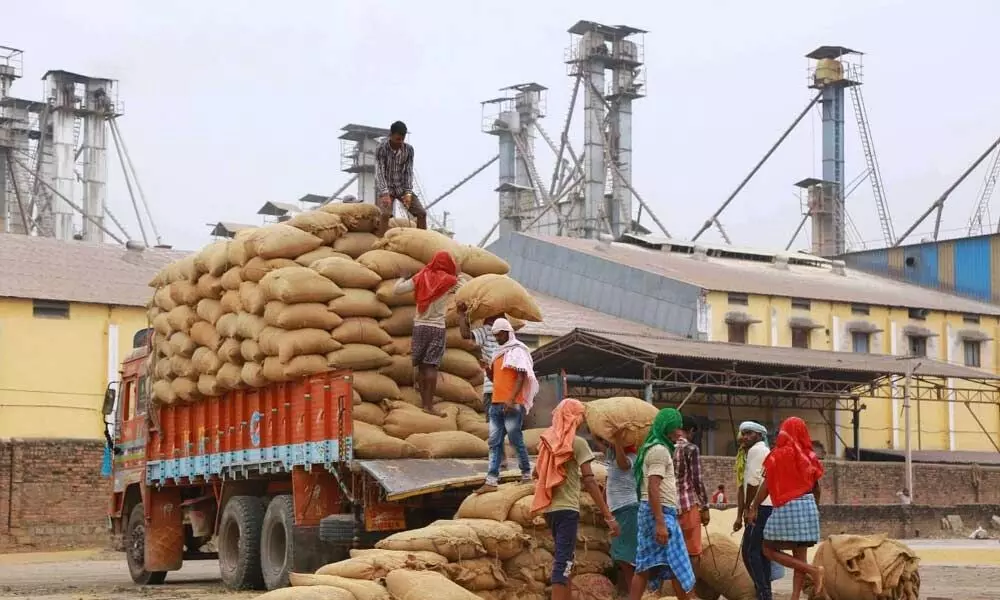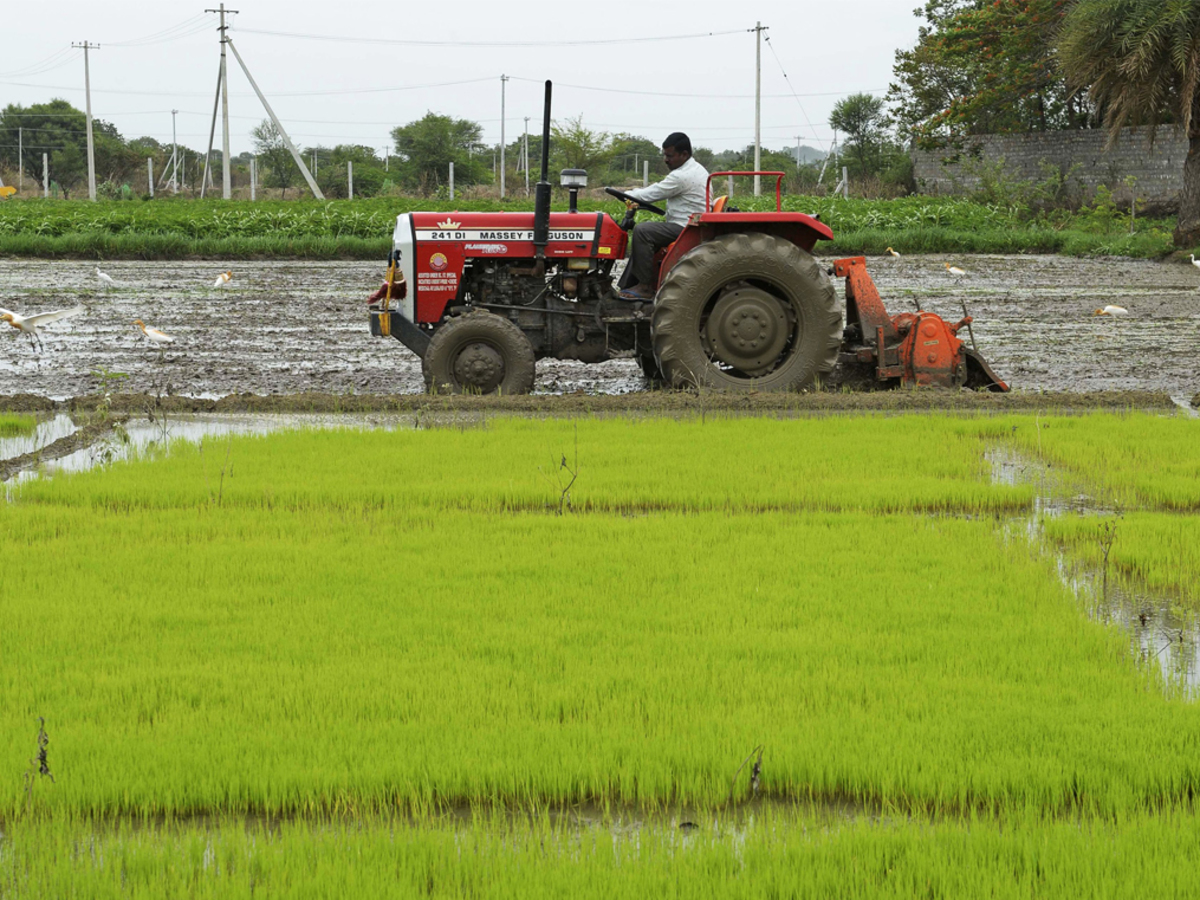India’s Pivotal Role in Rice Production and Exports Amid Global Declines
Rice is the lifeline for billions across the globe, especially in Asia and Africa, where it serves as a primary source of calories. India, the second-largest rice producer and the largest exporter, plays a crucial role in maintaining the global rice supply. However, a confluence of factors—climate change, water scarcity, and geopolitical tensions—has led to declining rice production in several key countries. This article explores India’s contributions to rice production and exports, the global implications of falling output, and the reasons behind declines in other major rice-producing countries.
India: The Backbone of Global Rice Supply
India’s Production Dominance
India consistently ranks as one of the top rice-producing nations, contributing approximately 130 million metric tons (MMT) annually, which is about 20% of global rice production. The fertile Indo-Gangetic Plains and robust irrigation systems underpin this success. Major rice-producing states include West Bengal, Punjab, Uttar Pradesh, and Tamil Nadu.
Export Leadership
India is the world’s largest rice exporter, with shipments exceeding 20 MMT annually. It supplies rice to over 150 countries, dominating both basmati and non-basmati markets. Key export regions include:
-
Middle East: High demand for premium basmati rice.
-
Africa: A major market for non-basmati varieties.
-
Southeast Asia: Significant importer of Indian rice due to affordability and quality.

The Global Decline in Rice Production
Overview of Falling Production
Several major rice-producing countries are experiencing production declines due to environmental, economic, and political challenges. These issues are creating supply shortages, increasing prices, and putting pressure on India to fill the gaps.
Countries Facing Declining Rice Output
1. China
-
Situation: China, the world’s largest rice producer, has faced localized production issues.
-
Reason:
-
Flooding: Intense rains in southern China during the 2023 monsoon season damaged crops.
-
Urbanization: Rapid conversion of agricultural land for industrial use has reduced cultivation areas.
-
-
Impact: While China remains self-sufficient, its exports to neighboring countries have reduced, causing regional deficits.
2. Thailand
-
Situation: Thailand, traditionally a top rice exporter, has seen a production drop of nearly 10% over the past two years.
-
Reason:
-
Drought: The 2023 drought severely affected the Chao Phraya Basin, the heart of Thailand’s rice belt.
-
Rising Costs: Increased prices for fertilizers and diesel have discouraged small-scale farmers.
-
-
Impact: Thailand’s reduced export capacity has pushed global rice prices upward.

3. Pakistan
-
Situation: Pakistan’s rice production has declined sharply, with an estimated 15% drop in 2023-24.
-
Reason:
-
Floods: Catastrophic floods in 2022 devastated key rice-growing areas in Sindh and Punjab provinces.
-
Economic Instability: Lack of government support and rising input costs have hurt farmers.
-
-
Impact: Pakistan’s export volumes have decreased, leaving import-reliant countries like Afghanistan and East African nations scrambling for alternatives.
4. Vietnam
-
Situation: Vietnam, the world’s third-largest exporter, has also faced setbacks in recent years.
-
Reason:
-
Climate Change: Rising sea levels and saltwater intrusion in the Mekong Delta are reducing arable land.
-
Diversification: Farmers are shifting to higher-value crops like fruits and vegetables.
-
-
Impact: Export volumes have fallen, further straining global supplies.
5. United States
-
Situation: The U.S., a significant exporter of specialty rice, has seen a 20% production decline in key states like Arkansas and California.
-
Reason:
-
Drought: Persistent drought conditions have affected irrigation-dependent regions.
-
Competition: Farmers are switching to more profitable crops like soybeans.
-
-
Impact: The reduced U.S. rice output has pressured Latin American importers to seek alternative sources.

Reasons Behind the Global Decline in Rice Production
1. Climate Change
Unpredictable weather patterns, including droughts, floods, and extreme temperatures, are the most significant contributors to falling yields. Rising sea levels are also threatening low-lying rice paddies in countries like Vietnam and Bangladesh.
2. Water Scarcity
Rice is a water-intensive crop, and many regions are struggling with declining groundwater levels and inefficient irrigation systems.
3. Economic and Political Instability
In countries like Pakistan and Myanmar, economic hardships and political unrest have disrupted agricultural activities.
4. Shifting Agricultural Priorities
Farmers in some regions are diversifying into more lucrative crops, leading to a reduction in rice acreage.
5. Urbanization
The rapid expansion of cities is consuming fertile agricultural lands, particularly in China and Southeast Asia.
India’s Role in Mitigating the Global Crisis
Increasing Production Capacity
India has the potential to expand production through:
-
Technological Advancements: Use of AI and precision farming to improve yields.
-
Diversified Cultivation: Bringing underutilized regions like the eastern states into mainstream production.
-
Water Management: Adoption of micro-irrigation and rainwater harvesting techniques.
Stabilizing Exports
India’s government has carefully managed export policies, balancing domestic food security with global supply needs. While recent export restrictions on non-basmati rice caused global ripples, they were essential to curbing domestic inflation.
Enhancing Global Influence
By positioning itself as a reliable supplier during crises, India has strengthened its geopolitical relationships, particularly with Africa, the Middle East, and South Asia.

Challenges for India
Despite its strengths, India faces hurdles in sustaining its dominance:
- Climate Risks: Droughts and unseasonal rains continue to threaten crop yields.
- Rising Input Costs: Fertilizer and labor costs are increasing, pressuring margins.
- Global Competition: Nations like Vietnam and Thailand are modernizing their agricultural sectors to regain market share.
The Global Rice Market Outlook
Increasing Dependency on India
With declining production in key countries, global dependence on Indian rice is set to grow. However, this reliance is a double-edged sword, as any disruptions in Indian supply could have severe global repercussions.
Need for Diversification
Import-dependent countries are likely to invest in boosting domestic rice production or diversifying suppliers to mitigate risks.
Conclusion
India stands as a cornerstone in global rice production and exports, particularly during a time when many nations are grappling with falling output. By leveraging its strengths and addressing internal challenges, India can not only secure its position as a global leader but also play a crucial role in ensuring global food security. However, coordinated global efforts are essential to stabilize the rice market and protect the millions who rely on this vital crop.










